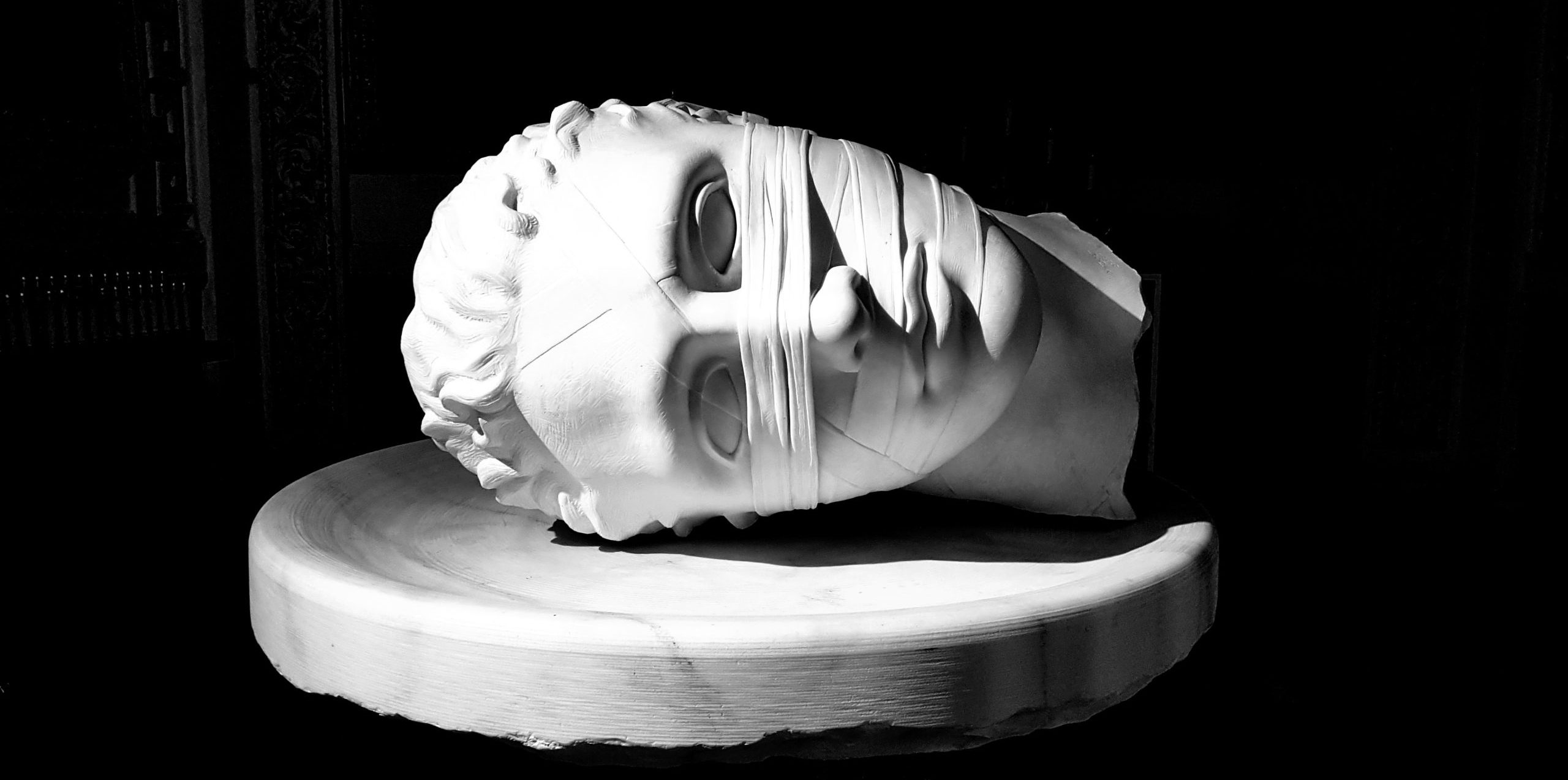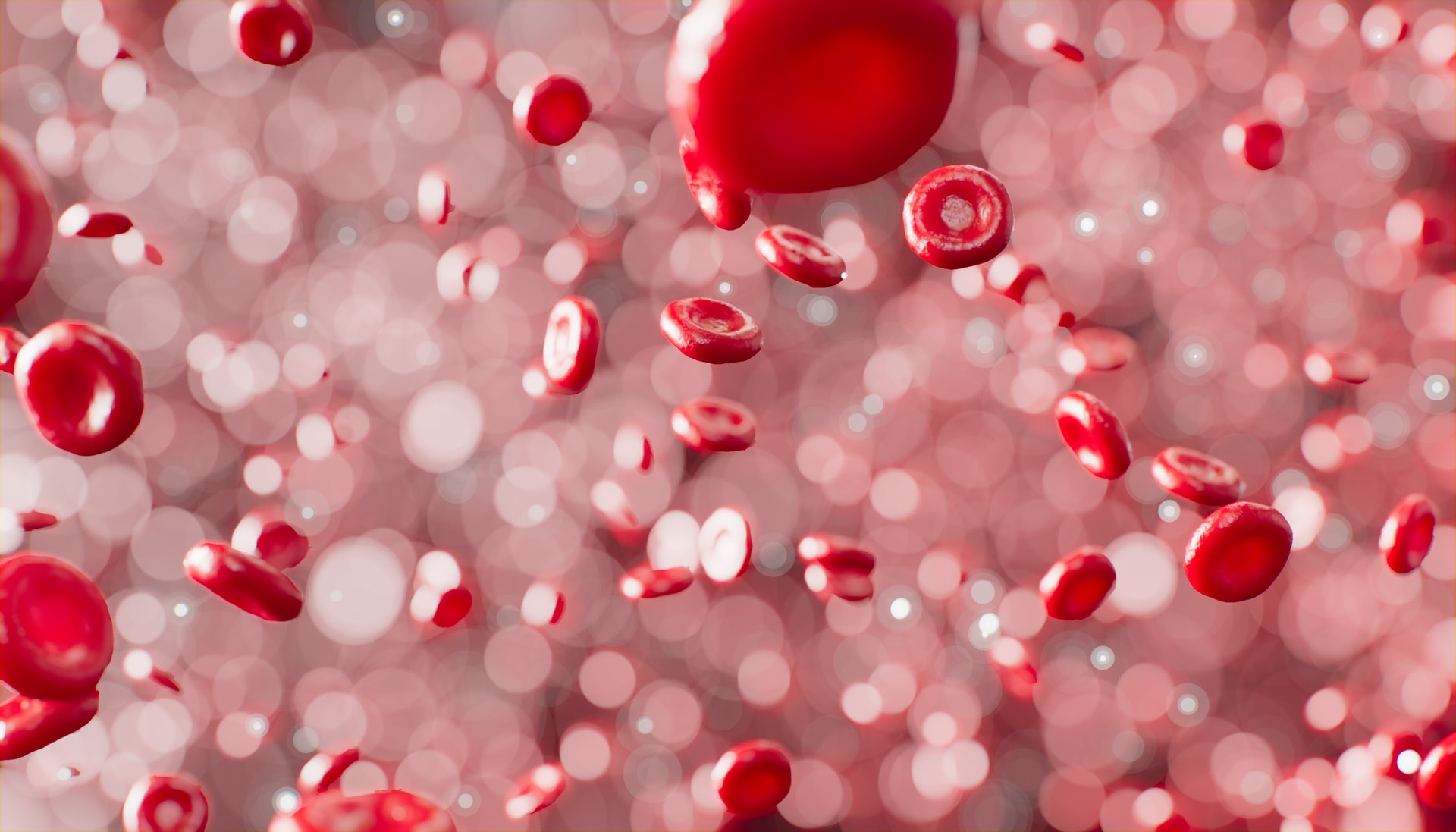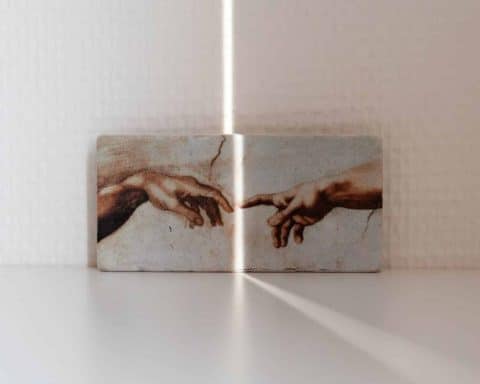
Another day, another doctor, another death. Our medical community has been shattered yet again when one of our best and brightest ends their own life in our shared workplace, and the suffering that has been invisible to all of us dies with him. Tonight, the medical students will come together to mourn and I will make space for them to share their grief. With my senior colleagues, I am supposed to be there to help them cope. I cast around for the wisdom I need, but the void of loss is deep and wisdom is elusive.
Medical students are still forming their professional identities. What it means to doctor. What it means to BE a doctor. And the kind and compassionate mentor they idolised is gone. What does it mean to the students when a hero succumbs to the brutality of medicine? What does it mean for all of us? Are they safe? Are any of us safe?
Another day, another doctor, another death.
I think about the hidden curriculum medical students absorb. We teach them silence, and shame. We teach them the theory of beneficial mistreatment- “what doesn’t kill you, makes you stronger”- and so they work long hours, and they learn endurance, and we model how to bandage your own wounds so you can “get on with it”. We tell them that they need to learn “resilience” if they are to survive. We normalise trauma. Unbidden, an image of the troops marching off to war settles in my mind.
As a profession, we guard the borders between health and disease, and sometimes we bear the wounds of conflict, which we diligently bandage. Over time, the wounds become deeper and more numerous, but we learn to soldier on. Now and then, we see a glimpse of a colleague bleeding through their bandages. Sometimes, they accept help, often they don’t. Mostly, they retreat into the dark and wind another layer over their wounds before they face another day. Sometimes they are so numb with exhaustion and trauma that the wound no longer has any meaning, and they stop feeling the sting.
And sometimes the wounds fester into their bodies and minds and hearts and they lose the capacity to see what this means. They do not see the danger. They do not have the words to speak. And when they fall in the field none of us know why and all of us weep.
I have always avoided metaphors of battle. I have never wanted to be a crusader. Health should be nurtured, patients supported, families comforted. But in the last few years, the imagery of battle has become stronger. Perhaps it is the words of our politicians castigating us for our lack of resilience. Or the patients who spit vitriol at our staff. Our managers drive us longer, harder, further until we buckle under the weight of their expectations. The trauma is coming from all sides. From our communities, our profession and even ourselves.
And yet, I love what I do. I love my profession.
And yet, I love what I do. I love my profession. And so I tend my own wounds and turn to support my junior colleagues. “Medicine is a privilege” I say. “Despite all the carnage, we will still be here beside you as we work together to address the wounds within our profession, and within ourselves”.
It is not right, what we face. We deserve a safe place to work, safe places to disclose, and safe places to heal. Too often, we do not have access to any of this.
I do not have much to offer in the wake of such collective pain and grief. So I do what I always do. Within my consulting room, I create a safe space where my colleagues can be tended and wounds can be seen. Around the country, hundreds of my colleagues do the same. It isn’t much, but it is a start. And maybe, just maybe, these students will be the ones who find a way to finally secure the safety they deserve.
Featured image by Peter Chiykowski on Unsplash








